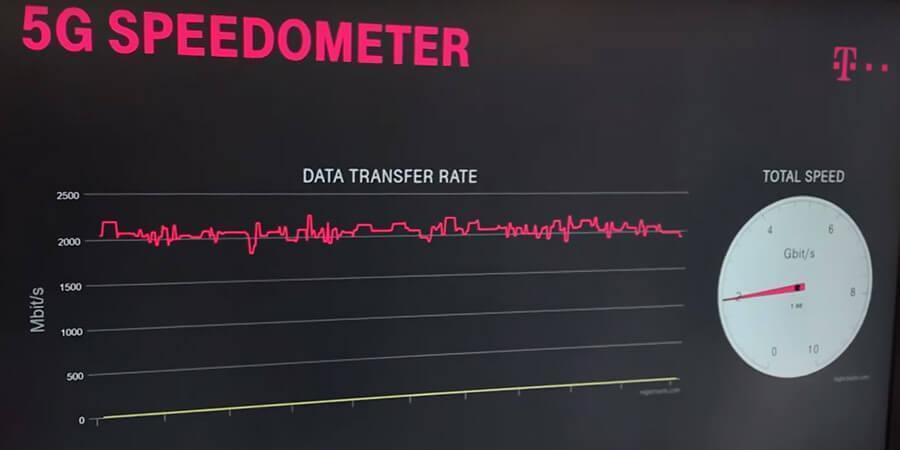Germany's leading telecom provider Deutsche Telekom went live with a 5G connection on its commercial network in central Berlin on Sept. 1, at over 2Gbps and a low latency of 3 milliseconds over a 3.7 gigahertz spectrum link. Powered by Huawei user equipment using 3GPP specifications for 5G New Radio (NR), the deployment on commercial sites is the first in Europe.
"5G New Radio will be critical for meeting our customers' ever-increasing connectivity requirements that are steadily growing with more and more network connections," said Claudia Nemat, Deutsche Telekom Board member for Technology and Innovation. "Our achievement demonstrates the feasibility of our plans to deliver a superior, new customer experience."
Deutsche Telekom and Huawei are "long term partners" said Huimin Zhu, Vice President, 5G, Huawei, highlighting the success of the test using 5G NR equipment. The test marks the capabilities of 5G NR equipment to meet operators' requirements for addressing new business opportunities for end users, he said.
"Huawei is confident that the partnership with Deutsche Telekom can fully prepare the commercial launch of 5G NR services in Europe by 2020 thanks to 3GPP standardization efforts," said Zhu.
The implementation in a live real-world setting in central Berlin using Huawei equipment and software is based on pre-standard 5G that closely tracks the 3GPP global standard for so-called 'Non-Standalone New Radio', Zhu explained.
"With the Non-Standalone 5G NR mode for the enhanced Mobile Broadband (eMBB) use-case, it is meant that the connection is anchored in LTE while 5G NR carriers are used to boost data-rates and reduce latency," Zhu said. "Therefore, 5G new radio will be deployed with the evolution of 4G LTE as the baseline for wide-area broadband coverage. The specifications enabling that system will be complete by December 2017 as part of the first drop of 3GPP Release 15."
5G New Radio has characteristics that make it ideal to meet the sub 6Ghz mid-band needs for 5G applications that will require mobility support, wide-area coverage, as well as multi-gigabit throughput speeds and millisecond low latency.
"With this real-world achievement, Deutsche Telekom is making its first important step towards a 5G network launch," said Bruno Jacobfeuerborn, Chief Technology Officer at Deutsche Telekom. "When the standard is defined, we will trial it in 2018 to prepare the ground for a wider deployment of commercial sites and the offering of devices for the mass market as they become available."










